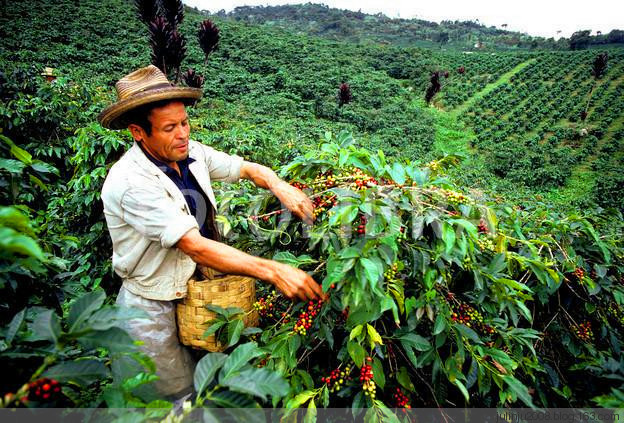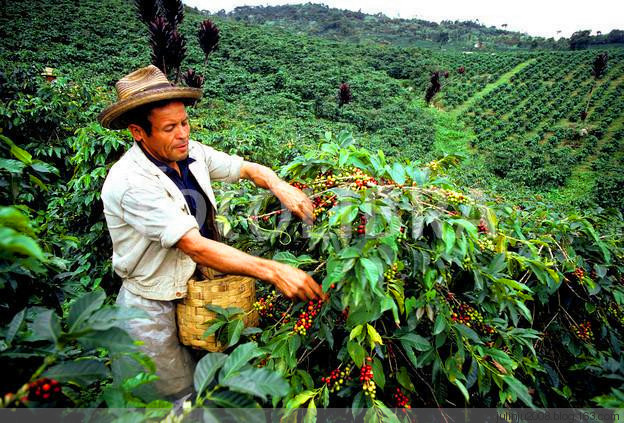Class An of PNG Kimmel Manor, Papua New Guinea
Choose fresh coffee beans. When buying, pay attention to whether the color of the beans and the size of the particles are the same. Good coffee beans are shiny and have a strong aroma without being mixed with peculiar smell. No matter what kind of coffee beans, freshness is an important factor affecting the quality. When shopping, grab one or two coffee beans in your mouth and chew them with a crisp sound (indicating that the coffee is not damp) and the fragrance of the teeth and cheeks is the top grade, but it is best to squeeze it with your hands to feel whether it is solid, rather than buying crispy coffee. If the coffee bean has lost its fragrance or smells stale, it means that the coffee bean is no longer fresh and is not suitable for purchase.
Freshly fried coffee beans are not suitable for immediate consumption and should be stored for a week to completely release the gas from the beans.
Generally speaking, the best drinking period for coffee is a week after stir-frying, when the coffee beans are the freshest and the Aroma taste is the best.
In addition, the purity of coffee beans is also another consideration. The expert candidate for coffee is not necessarily to look at the size of the particles, but to grab a handful of individual coffee beans (RegionalCoffee), about dozens of portions, to see whether the color of each single bean is the same, and whether the particles are similar in size and shape, so as to avoid buying shoddy products disguised as mixed beans. But if it is a synthetic bean (BlendedCoffee), it is a normal phenomenon that the size and color are different. In addition, heavy heat and medium-deep roasting will cause coffee beans to produce oil, but if the lightly roasted beans produce oil, they have gone bad, not only reducing aroma, but also astringent and sour taste. In short, when buying coffee, we should pay attention to its freshness, aroma and whether it is stale or not, and the ideal purchase quantity is to be able to drink it in half a month. The two coffee bean production methods should first remove the skin, pulp, racing peel and silver skin after harvesting the fruit and before shipping it on the market. There are two kinds of methods: drying (also known as natural or non-washing) and washing.
Country: Papua New Guinea
Grade: grade A
Producing area: Wiki Valley
Altitude: 1500 m
Treatment: washing
Varieties: Arusha, BlueMountain, Catimor
Producer: Kimmel Manor
Flavor: nuts, sucrose, low acid and solid
Located in the east of the Indonesian archipelago, Papua New Guinea, which is dominated by highlands, has a pattern of large manors / farms and small farmers, growing a variety of coffee varieties. The coffee flavor of Papua New Guinea is very different from that of other Asian regions such as Indonesia, South Asia, India or the Pacific Islands. compared with Indonesian beans (Sumatra, Sulawesi) which are mostly semi-washed (wet peeling), they show low acidity, mellow texture and soil conditioning.

Important Notice :
前街咖啡 FrontStreet Coffee has moved to new addredd:
FrontStreet Coffee Address: 315,Donghua East Road,GuangZhou
Tel:020 38364473
- Prev

How does SHB Kaddura turn coffee beans into coffee beans in Ireta Manor, Panama? how much is it?
Choose fresh coffee beans. When buying, pay attention to whether the color of the beans and the size of the particles are the same. Good coffee beans are shiny and have a strong aroma without being mixed with peculiar smell. No matter what kind of coffee beans, freshness is an important factor affecting the quality. When shopping, grab one or two coffee beans and chew them in your mouth with crisp sound (indicating that the coffee is not damp) and teeth and cheeks.
- Next

The Caesar Louis Manor in Poquet boquete, Panama, washed coffee beans to make coffee coffee.
Choose fresh coffee beans. When buying, pay attention to whether the color of the beans and the size of the particles are the same. Good coffee beans are shiny and have a strong aroma without being mixed with peculiar smell. No matter what kind of coffee beans, freshness is an important factor affecting the quality. When shopping, grab one or two coffee beans and chew them in your mouth with crisp sound (indicating that the coffee is not damp) and teeth and cheeks.
Related
- Guji coffee producing area of Guji, Ethiopia: Humbela, Shakiso, Wulaga
- What is the most expensive variety of Qiloso in BOP multi-variety group?
- How to store the coffee beans bought home?
- Why are Yemeni coffee beans so rare now?
- Ethiopian Sidamo all Red Fruit Sun Sun Santa Vini Coffee beans
- SOE is mostly sour? What does it mean? Is it a single bean? what's the difference between it and Italian blending?
- Is Italian coffee beans suitable for making hand-brewed coffee?
- How to choose coffee beans when making cold coffee? What kind of coffee beans are suitable for making cold coffee?
- Just entered the pit to make coffee, what kind of coffee beans should be chosen?
- Can only Japan buy real Blue Mountain Coffee? What are authentic Jamaican Blue Mountain coffee beans?

